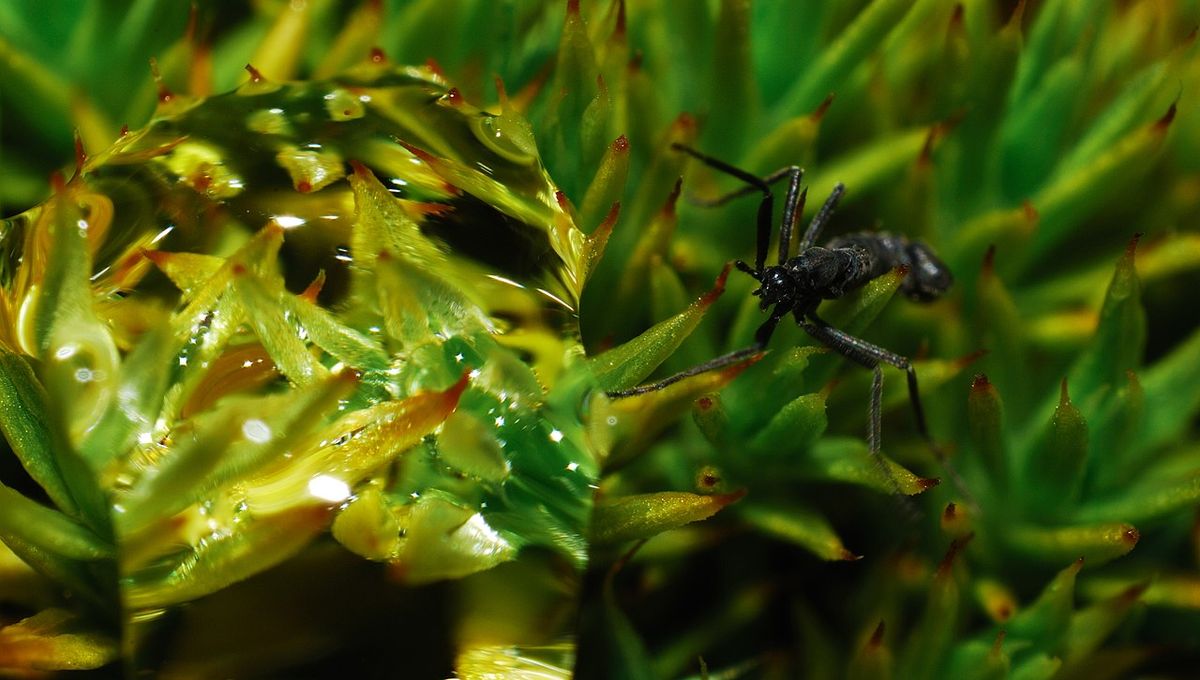
Antarctica might conjure up images of snow-capped peaks and intrepid explorers, but against these romanticized views of one of Earth’s harshest environments are the species that have to survive there. While seals and penguins might be more well-known, what about the largest land creature on the continent? It’s time to meet the Antarctic midge (Belgica antarctica).
Despite only being 2-6 millimeters (0.07-0.2 inches) long, the Antarctic midge is actually the largest full-time terrestrial resident native to Antarctica. Penguins and seals are not full-time residents and most bird species come and go with the seasons, spending large parts of the year at sea.
What is extra unusual about the Antarctic midge is that compared to most midge species, which fly around annoying people and taking blood meals, this insect neither flies nor bites. They have completely lost their wings as a remarkable survival strategy against the incredibly high winds in the polar region.
Instead, they have a litany of adaptations involving being able to survive -15°C (5°F), such as the loss of 70 percent of their body fluids and a month without oxygen. They also survive over winter by accumulating sugars as a natural antifreeze, and becoming dehydrated to prevent the formation of ice crystals inside their cells.
The world’s southernmost insect species can even survive being frozen solid for nine months of the year. As a result, the tiny critter takes 2 years to complete its full lifecycle, which is spent largely as larvae. These larvae eat mostly bacteria, algae moss, and penguin poop.
By staying comparatively warm under a blanket of snow, studies have revealed that the larvae can survive a range of temperature drops, and use a process called rapid cold hardening to protect themselves under lab conditions.
“Evidence from previous studies shows the Antarctic midge has survived on the continent since the beginning,” University of Kentucky researcher Nick Teets said in a statement about a grant award to study these insects in 2019. “They are a good model for us to learn about the history of Antarctica and a good model for scientists to predict how the continent will respond to climate change.”
But while they might be pros at surviving Antarctic conditions, those conditions are changing. A study from 2022 shows that Antarctic midges are negatively impacted by warming conditions and could be in danger from global warming as temperatures across the world continue to rise.
Source Link: Antarctica's Largest Land Animal Is Smaller Than A Pea